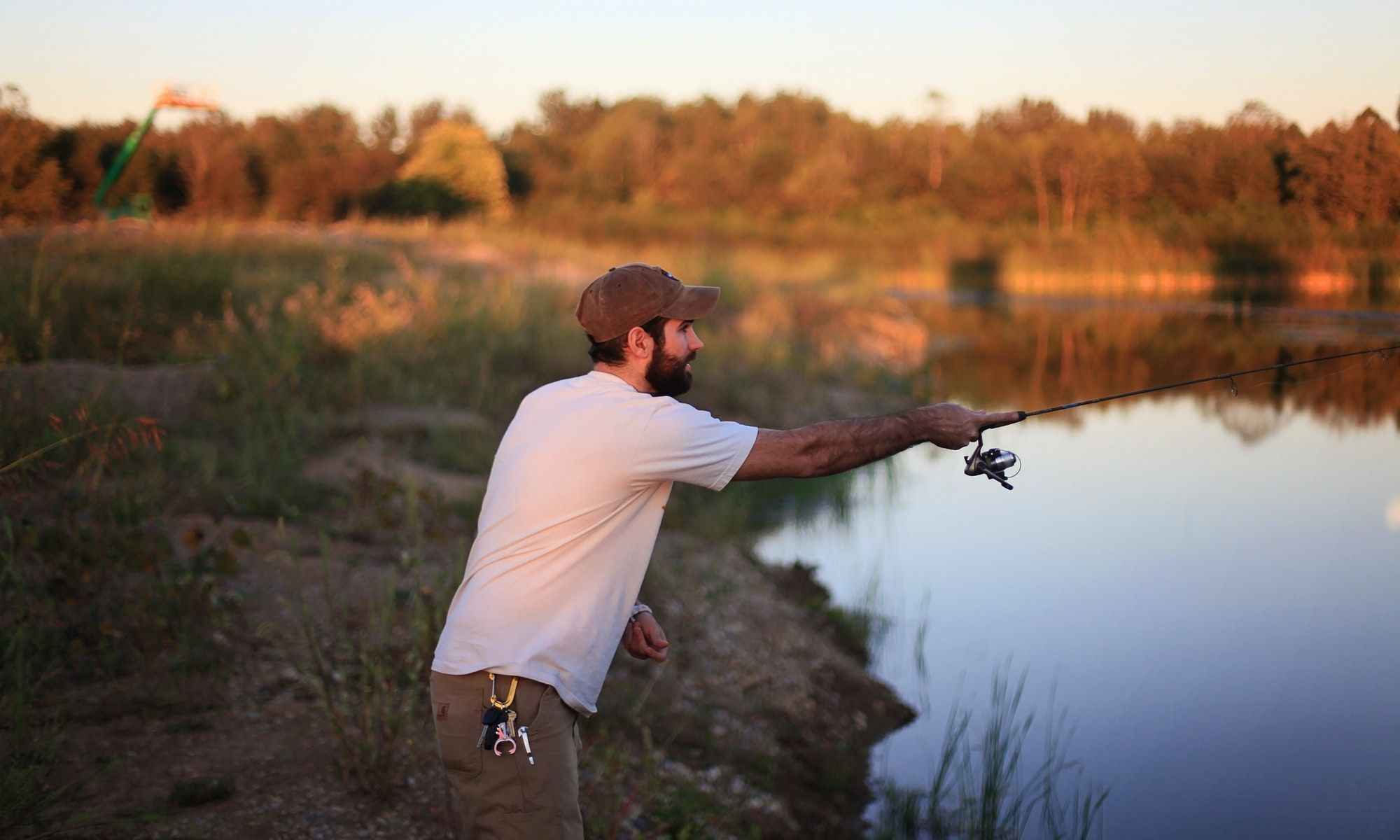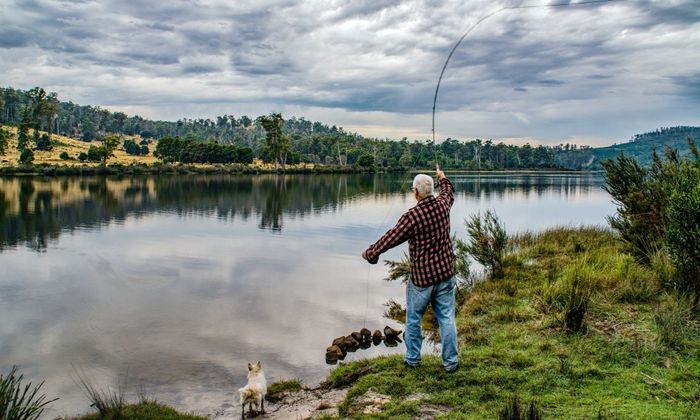Fishing Leaders: All You Need to Know
Here is what all you need to know about fishing leaders and how and when to use them.

Every last bit of equipment and gear plays an important role in fishing. You may have seen many anglers using a fishing leader and attest to how useful it is. But what are leaders and why should you use them? A fishing leader, simply put, is a strong line that is linked to the end of your main fishing line that goes into the water. It is tough enough to withstand breaking with it being knotted to the line, making it very useful to catch fierce game. Another neat thing about using a leader is that fish take the bait you present easier because the line is less visible.
Basically, a fishing leader has two main functions:
- It protects your main fishing line from damage because it is the one connected to the hook.
- It helps you attract more fish because it gives a better bait presentation.
Why Should You Use a Fishing Leader?
There are many benefits to using a fishing leader. Many anglers swear by them because they greatly improve your chances of getting a successful catch. Here are some things you need to know about fishing leaders and why they’re a great tool to have when you’re out fishing:


- Anglers who are avidly employing the method of fly fishing should have a fishing leader in their setup. This is because, as we’ve established, the leader presents bait better, and therefore, when you’re fly fishing, the less visible line will aid you in enticing fish when you mimic the movement of their bait through that method. Your leader should be in between your main line and tippet and then the hook at the very end with your bait or lure. A swivel can be tied between your line and leader if you’re using spinner lures.
- How does a fishing leader improve bait presentation? It hides your fishing line because it’s the one that goes into the water. All the fish will see may be just a slight shimmer in the water, so they won’t be easily spooked or get suspicious.
- Having a fishing leader will lessen the chances of your main line moving around and twisting when you use lures. It will help keep the main line straight and untangled.
- You might be worried about your fishing line snapping when you venture out to target fish that have sharp teeth and scales. But if you use the correct kind of fishing leader, your line will be protected and it will aid you in your battle against hard fighting game.
- Saltwater anglers consider fishing leaders a must-have because they’re one of the best tools to reel in saltwater fish, because they are generally stronger, larger, and more toothy, a proof of how sturdy they make your setup.
- Anglers can save money when they use fishing leaders. Instead of using a full spool of your main line or risking it breaking everytime you go out to fish, connecting a leader will help you avoid that and save you a few trips and cash to the fishing gear store.
- Because they make your whole setup stronger, fishing leaders are great to use when you are angling rocky shorelines. Leaders are tough enough to rub against the jagged terrain and can avoid getting snagged from other areas that have a lot of organic growth.
What Fishing Leaders Are Made Of
Strength and protection are what come to mind when you think of fishing leaders. This is because they are made from tough and sturdy materials. Leaders are mainly made out of either monofilament or fluorocarbon. Sometimes you can find some made out of steel. Both of the common and main materials have their own advantages depending on what type of fishing and what you are targeting. You can find out more about their pros and cons and compare them by reading about their differences in this article. But let’s break down their pros and cons into the basics:
Monofilament Leader
Pros
- This is the cheapest option
- Stretchy, therefore can absorb impact
- Very flexible and you can easily tie knots with it
- Knot strength is excellent
- Able to resist abrasion
Cons
- As it gets more and more exposed to UV light, it deteriorates
- Its stretchiness will make it harder for you to feel smaller or lighter bites
- Can float because it has a lower density
- As it absorbs water, its properties change
Fluorocarbon Leader
Pros
- Because its stretchiness is less compared to other materials, you’ll get more sensitivity and can feel smaller or lighter bites
- Provides low visibility for your fishing line
- Doesn’t deteriorate from being exposed to UV light
- Able to greatly resist abrasion
- Knot strength is good
- Water doesn’t absorb into the line
Cons
- More expensive than the other option
- Sinks because it is denser
Steel Leaders
Pros
- Come in a variety of options from multi-strand, single-strand to knottable
- The strongest among the three
Cons
- Can get bent and might need straightening because it’s not really stretchy or flexible
- Can impact how your lure performs because of how stiff it is
Which Fishing Leader to Use
With so many choices of what type of leader to use, it might be intimidating to decide which one to pick. You can narrow your choice down on what type of fishing you’ll be doing or which fish you’re targeting are.
If you’re angling where the light doesn’t really hit the water, a monofilament leader is a good option. This leader is great when you’re encountering muddy waters or are in shadowy or shaded areas. If you’re angling somewhere where there’s a lot of vegetation or organic growth which increases the chances of snagging, this kind of leader is also great. Monofilament leaders are excellent for jigging and trolling though not much for topwater fishing since it sinks.
In crystal clear waters, fluorocarbon lines are your best bet because they are less visible compared to monolines. It’s great for skimming the top of the water because it’s less porous and it’s a great help when you’re chugging or popping lures.
When you plan to hook big game fish, use a steel leader. Fish can’t gnaw their way out of steel lines, making your chances of catching them greater.
In terms of length, most of the time you won’t need longer than three feet. But it all depends again on what kind of fishing you’re doing. The same goes for strength as anglers prefer different setups, some wanting a balanced leader and line or relying on the test that relates in between them, and some wanting the other to be stronger than the other.

Attaching the leader to your fishing gear can either be tied directly to your main line or you can put a swivel in between them. A double uni knot is one of the most common ways to tie your leader. A wedge knot is also another good way to link your lines.
In conclusion, if you’re getting into your groove in the great sport and activity that is fishing, and you want to level up, consider using fishing leaders and increase your chances of success in hooking that fierce fish you have your eye on.




